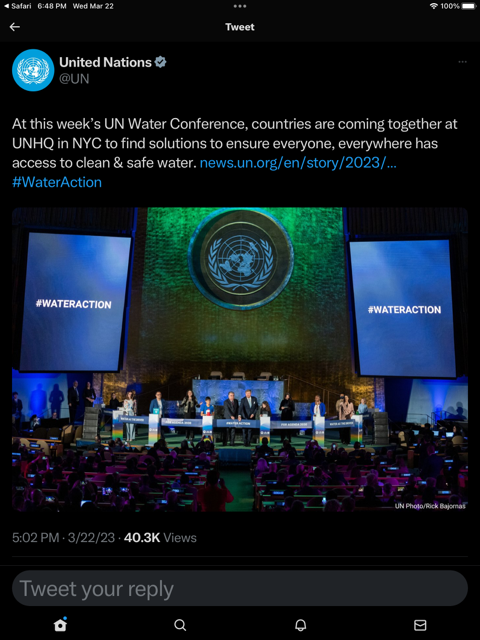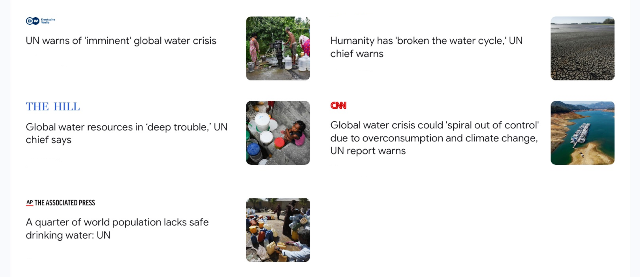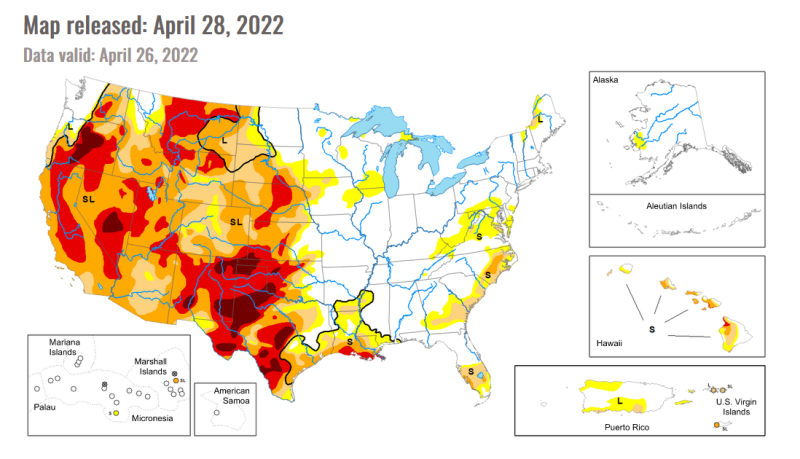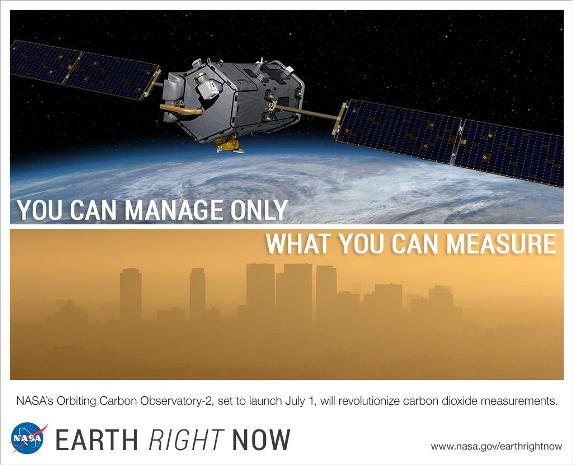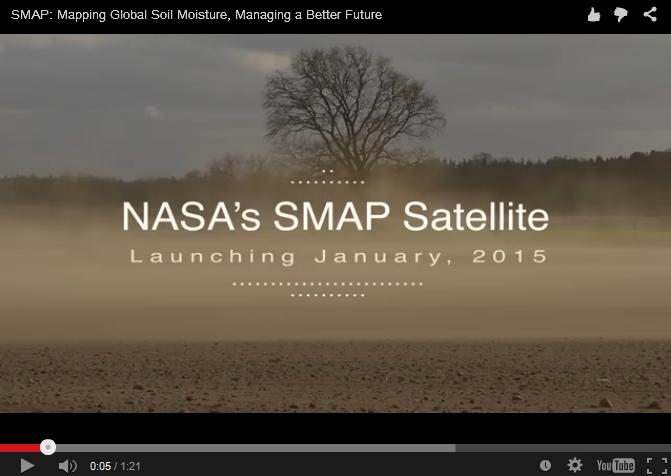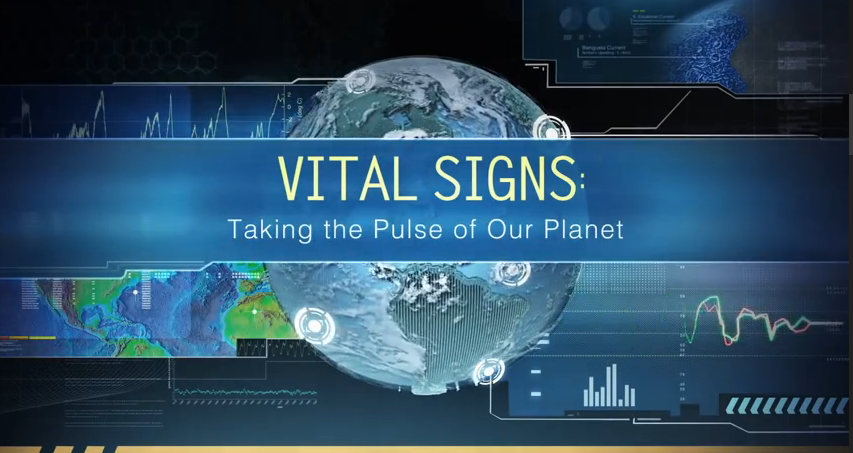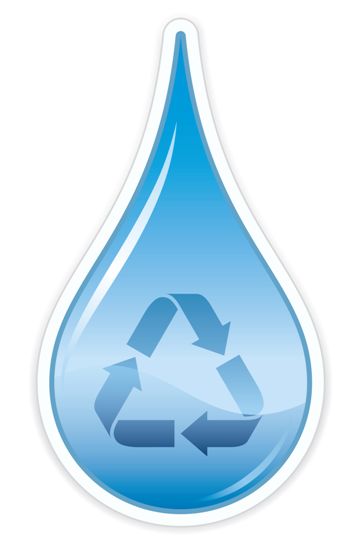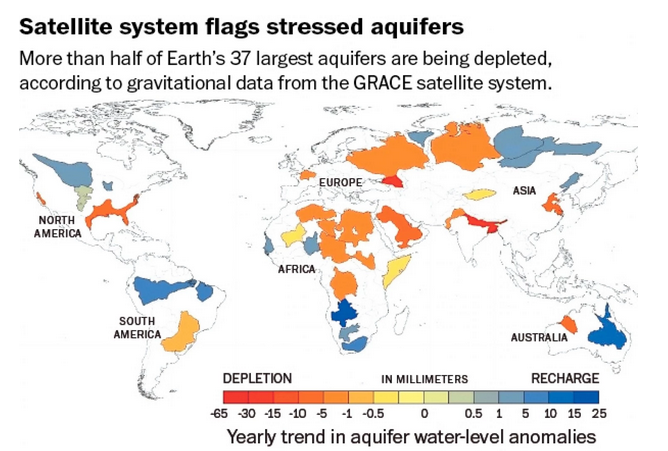Water Saving
- 2023
Rainwater Harvesting
via the Global Center on Adaptation
The UN 2023 Water Conference
March 22-24 | New York City
Thread
The first water-focused UN-summit in 46 years
UN Conference on Water Aims to Rally Support for Ambitious Goals
The last time the United Nations hosted a conference dedicated to global water supply and sanitation the world looked vastly different. Half as many people were alive. China’s economy was smaller than the United Kingdom’s
The centerpiece of the conference, which runs from March 22 to 24, is the “water action agenda,” a compilation of voluntary commitments from national governments, nonprofits, businesses, and intergovernmental agencies. Together these commitments extend beyond the conference walls, pushing leaders to be more careful, inclusive water stewards in the years ahead.
“It’s not what happens in three days... It’s what happens afterward.”
Facts: About 300,000 children under five die every year from diarrhoeal diseases due to poor sanitation, poor hygiene, or unsafe drinking water. These deaths could have been avoided by access to daily clean water
According to the World Health Organization (WHO), a quarter of the global population, more than two billion people, lack access to safe drinking water.... 2.2 billion people lack access to safely managed drinking water services
Over half the global population, 4.2 billion people, lack safely managed sanitation services
in 2010, the UN General Assembly recognized the human right to water and sanitation. So, for instance, everyone has the right to enough water for personal and domestic uses, which is between 50 and 100 liters of water per person per day.
Water plays a fundamental role in sustainable development
Global Commission on the Economics of Water (Read the Report)
The world is on the verge of a water disaster, with demand for fresh water predicted to outpace supply by 40% by the end of this decade
The lack of access to clean water is a solvable crisis, but it requires good cooperation
UN Conference on Water Aims to Rally Support for Ambitious Goals
Act to Make a Positive Difference
🌎
2022
2021
Historic Drought Across the U.S. West
Six states are entirely in drought conditions. Across the US, the drought has nearly doubled in size from this time last year. Around 25% of the country was in drought conditions in July 2020; as of this week, nearly half is in drought.week, nearly half is in drought.
More than 25 percent of the West is in an exceptional drought, which is the most severe category used by the US Drought Monitor. (US Drought Monitor)
Climate change is playing a key role in these compounding crises: Drought and extreme heat are fueling wildfires; reduced snow pack and the lack of substantial extreme heat are fueling wildfires; reduced snow pack and the lack of substantial precipitation are exacerbating water demands for millions of people, as well as precipitation are exacerbating water demands for millions of people, as well as agriculture, ecosystems and deteriorating infrastructure.agriculture, ecosystems and deteriorating infrastructure.
2020
Inexhaustible Resource? No. Fresh Water Is an Endangered Vital Resource
Better start measuring, monitoring, and managing it, than lose it
Guarding Earth’s groundwater from space
Using drones and tiny satellites to bring some accountability to the world’s biggest user of H20: agriculture
In many parts of the world, consumption of fresh water in homes is metered and billed accordingly. In agriculture, by far the world’s biggest user of water, that doesn’t happen. Most farmers simply pump up groundwater and use it at will; often, the only expense is the fuel required to get it to the surface.
Given depleting groundwater, and wider concerns over food security, that’s a problem...
🌎
Across the Planet, North and South, East and West, Developed and Underdeveloped Countries, Rich and Poor
- The Disruptions & Impacts of Climate Change, the Reality of Global Warming Is All Around Us
Earth Science Research from Space
Environmental full-cost accounting
Sustainable Development Goals - UN Conference 2015
Climate Change, Heat, Depleted Water
ECOSTRESS
- 'Water is essential to life: Climate Change is impacting the availability of water on agriculture, in aquifers, creating drought, decertification, extreme heat and weather
- The earth science ECOsystem mission is now measuring and monitoring earth's systems to measure and monitor the effects of global warming
Planet Citizens, Planet Scientists, Preserving & Protecting the Home Planet Earth
GreenPolicy360 Siterunner / SJS: The original Mission Statement of the newly launched U.S. space program spoke of our planet and our responsibilities. GreenPolicy360's founder was fortunate, beginning in the 1960s, to listen to Congressman Brown Congressman George E. Brown point to the NASA plan and explain how he saw Congress put into action the reality of a multi-year, coordinated, multi-agency program to achieve mission goals. Earth science, measuring and monitoring Earth's life-enabling systems was given highest priority. Landsat's program was set in motion as a decades long, first-ever digital scanning remote satellites data collecting study. An array of satellites began to launch, creating and combining the expanding resources of NASA, USGS, NOAA, and an array of educational and scientific institutions and aeronautics technology.
Over five decades of Atmospheric and Earth Sciences data is now available, as was the original intent back in the 1970s when the NASA missions to measure, monitor and then intelligently manage Earth Systems was conceived, legislated, supported and set in motion...
🌎
- Time to measure earth soil moisture content -- SMAP
January 2015
Launching Jan 29, 2015 to "measure the moisture in Earth's soils with unprecedented accuracy and resolution.
🌎
Earth Science Research from Space
"Monitoring groundwater with GRACE" / Report / June 2015
○
The world’s largest underground aquifers – a source of fresh water for hundreds of millions of people — are being depleted at alarming rates, according to new NASA satellite data that provides the most detailed picture yet of vital water reserves hidden under the Earth’s surface.
Twenty-one of the world’s 37 largest aquifers — in locations from India and China to the United States and France — have passed their sustainability tipping points, meaning more water was removed than replaced during the decade-long study period, researchers announced Tuesday. Thirteen aquifers declined at rates that put them into the most troubled category. The researchers said this indicated a long-term problem that’s likely to worsen as reliance on aquifers grows.
Scientists had long suspected that humans were taxing the world’s underground water supply, but the NASA data was the first detailed assessment to demonstrate that major aquifers were indeed struggling to keep pace with demands...
"Vital Signs of the Planet"
- Critical Missions to Monitor Earth's Systems from Space -- http://climate.nasa.gov/
New Definitions of National Security
Measuring, Monitoring, Preserving & Protecting
🌎
Water Conservation
○ ○ ○ ○ ○ ○ ○ ○ ○ ○ ○ ○ ○ ○ ○ ○ ○
Water and Agriculture
One of the issues rarely confronted when considering high intensive agriculture is the use of water in unsustainable irrigation. The draw down and depletion of aquifers is a rising cost and only recently, with the advent of earth observation and monitoring systems, are technologies becoming available to measure the extent of groundwater basins and recharging capabilities. The new satellite measurements of aquifers/ground water globally, as are now being reported with NASA GRACE satellites, comprise both a warning and a capability of needed sustainable environmental security. Water saving and water security are essential to a lasting agriculture policy.
-- http://www.greenpolicy360.net/w/Aquifers -- http://www.greenpolicy360.net/w/Category:Earth_Observations
○ ○ ○ ○ ○ ○ ○ ○ ○ ○ ○ ○ ○ ○ ○
○ ○ ○ ○ ○ ○ ○ ○ ○ ○ ○ ○ ○ ○
Ways to Save Water, Inside Your Home
○
Save Water (and Save Trees) -- from Los Angeles' "TreePeople"
○
Via Wikipedia
○
Harvest the Rain by Nate Downey
PermaDesign -- Harvest the Rain
SJS/GreenPolicy360 Siterunner: Nate Downey's book was a mutual project that we developed in New Mexico. It was published as we began to witness an 'official drought declared in the US Southwest' with multiplying water losses and shortages. The coming decades of the 21st century will be a series of great challenges for humanity as the realization that 'earth is in our hands' becomes a day-to-day fact of life. Each of our generation's existential questions -- water and air, climate and atmospheric science protection, the prevention of nuclear proliferation, and on and on with questions of quality of life, sustainability, resilience, eco-nomics -- all will be our common challenges as we go forward.
○
Water Saving Tips from National Geographic and the Water Project
Desertification and Climate Change
“Desertification is a fancy word for land that is turning to desert.”
- Desertification, exacerbated by climate change, represents one of the greatest environmental challenges of our times...
Desertification and Climate Change: A Great Challenge (PDF)
Desertification ... biodiversity loss and global climate change through loss of carbon sequestration capacity and increase in land-surface 'albedo'.
Water/Water Use Data
Less than 2% of the Earth’s water supply is fresh water.
Of all the earth's water, 97% is salt water found in oceans and seas.
Only 1% of the earth's water is available for drinking water. Two percent is frozen.
The human body is about 75% water.
A person can survive about a month without food, but only 5 to 7 days without water.
Every day in the United States, we drink about 110 million gallons of water. [1990s]
Landscaping accounts for about half the water Californians use at home. Showers account for another 18 percent, while toilets use about 20 percent.
Showering and bathing are the largest indoor uses (27%) of water domestically.
The average American uses 140-170 gallons of water per day.
If every household in America had a faucet that dripped once each second, 928 million gallons of water a day would leak away.
There are 7.48 gallons in a cubic foot of water. Therefore, 2000 cubic feet of water is 14,960 gallons.
An acre foot of water is about 326,000 gallons. One-half acre foot is enough to meet the needs of a typical family for a year. There are 7.48 gallons in a cubic foot of water.
It takes 3.3 acre feet of water to grow enough food for an average family for a year.
A leaky faucet can waste 100 gallons a day.
One flush of the toilet uses 6 ½ gallons of water. An average family of four uses 881 gallons of water per week just by flushing the toilet. Avoid flushing the toilet unnecessarily.
The average 5-minute shower takes 15-25 gallons of water -- around 40 gallons are used in 10 minutes.
Take short showers instead of baths. A full bathtub requires about 36 gallons of water.
If you water your grass and trees more heavily, but less often, this saves water and builds stronger roots.
Each person needs to drink about 2 ½ quarts (80 ounces) of water every day.
Run your dishwasher and washing machine only when they are full.
When washing a car, use soap and water from a bucket. Use a hose with a shut-off nozzle for rinsing.
Never put water down the drain when there may be another use for it such as watering a plant or garden, or cleaning.
When washing dishes by hand, fill one sink or basin with soapy water. Quickly rinse under a slow-moving stream from the faucet.
An automatic dishwasher uses 9 to 12 gallons of water while hand washing dishes can use up to 20 gallons.
Store drinking water in the refrigerator rather than letting the tap run every time you want a cool glass of water.
Water your lawn only when it needs it. If you step on the grass and it springs back up when you move, it doesn’t need water. If it stays flat, it does need water. Water lawns during the early morning hours, or evening when temperatures and wind speed are the lowest. This reduces losses from evaporation. Consider replacing your lawn/grass with hardy, climate appropriate plants.
Do not hose down your driveway or sidewalk. Use a broom to clean leaves and other debris from these areas. Using a hose to clean a driveway wastes hundreds of gallons of water.
Don’t leave the water running when brushing your teeth or shaving. Get in the habit of turning off the water when it’s not being used. You use about 5 gallons of water if you leave the water running while brushing your teeth.
Use of bowl of water to clean fruits & vegetables rather than running water over them. You can reuse this for your house plants.
Public water suppliers process 38 billion gallons of water per day for domestic and public use.
Approximately 1 million miles of pipelines and aqueducts carry water in the U.S. & Canada. That's enough pipe to circle the earth 40 times.
About 800,000 water wells are drilled each year in the United States for domestic, farming, commercial, and water testing purposes. [1990]
You can refill an 8-oz glass of water approximately 15,000 times for the same cost as a six-pack of soda.
One inch of rainfall drops 7,000 gallons or nearly 30 tons of water on a 60' by 180' piece of land.
○ ○ ○ ○ ○ ○ ○ ○ ○ ○ ○ ○ ○ ○ ○ ○ ○
○ ○ ○ ○ ○ ○ ○ ○ ○ ○ ○ ○ ○ ○ ○ ○ ○
- Africa
- Alternative Agriculture
- Agriculture
- Aquifers
- Bioneers
- Clean Water
- Climate Change
- Climate Policy
- Desertification
- Earth Law
- Earth Observations
- Earth Science
- Earth Science from Space
- Ecology Studies
- Environmental Full-cost Accounting
- Environmental Protection
- Environmental Security
- Environmental Security, National Security
- EOS eco Operating System
- Externalities
- Farm-Related Policies
- Food
- Food-Related Policies
- Global Warming
- Green Politics
- Land Ethic
- Natural Capital
- Permaculture
- Planet Citizen
- Planet Citizens
- Planet Citizens, Planet Scientists
- Rivers
- Sustainability
- Sustainability Policies
- United Nations
- Urban Gardening
- Water
- Water Saving
- Watersheds
- Wetlands
- Whole Earth
